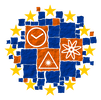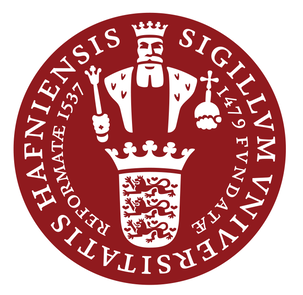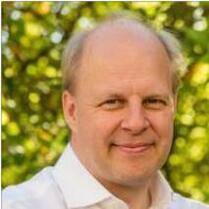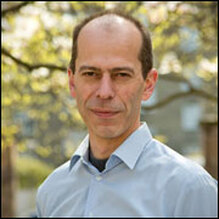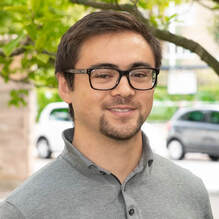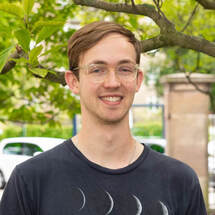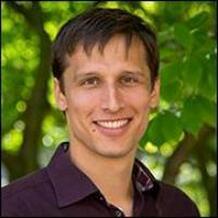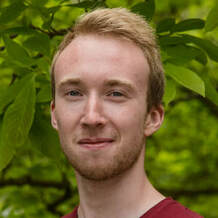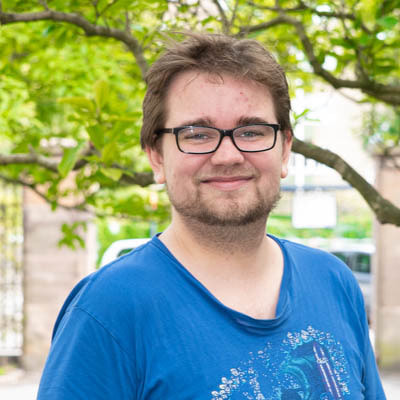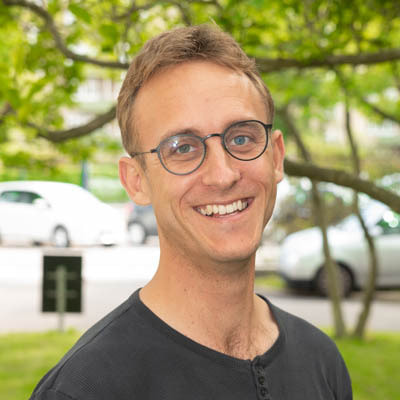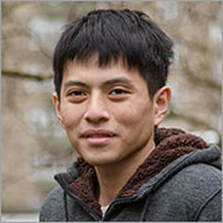University of Copenhagen
|
The Quantum Metrology group at the Niels Bohr Institute, University of Copenhagen, does research primarily within cold atom physics and optical frequency references. The group has more than 18 years of experience working with cold two-electron atoms, such as Mg and Sr, for precision measurements. Recently, the group demonstrated the potential of combining a low finesse optical cavity and atoms with narrow linewidth for bringing down local oscillator frequency noise and instability. Within iqClock the Copenhagen group will collaborate with the Amsterdam, Vienna and Innsbruck groups to build a continuously operating superradiant clock on the kHz transition of strontium. The group is training two ESRs under the MoSaiQC initiative in the areas of ultra-stable reference lasers and superradiant clock automation.
The two ESR positions in Copenhagen have been filled however there are other positions available. Prospective masters students and postdocs are welcome to apply. Group webpage |
Team members
|
Jan W. Thomsen received his PhD in Paris and is leading the Copenhagen initiative on merging cavity QED and optical clock technology to improve further the local oscillator stability and precision. In connection to this project there are strong collaborations with Danish Fundamental Metrology (DFM), the Danish Measurement Institute, Dr. Jan Hald and with leading international atomic clock teams headed by Prof. Jun Ye and Prof. James K. Thompson at JILA (University of Colorado). JWT spends 1-2 months a year at JILA working primarily in the group of Prof. Jun Ye with 87 Sr optical lattice clocks. JWT spent 2007-2008 as a JILA visiting fellow.
Contact: jwt@nbi.ku.dk |
|
Jörg Helge Müller is an associate professor at the Niels Bohr Institute. He completed his PhD at the University of Bonn (Germany) with early experiments on atom interferometry using alkaline earth atoms. After post-doc work at NIST (Gaithersburg, United States) and at the University of Pisa (Italy) he joined the Quantum Optics group of Eugene Polzik at NBI in 2003. He now also enthusiastically supports Jan W. Thomsen and the Quantum Metrology group, dusting off his old wisdom on optical clocks and bringing in some know-how on quantum limited measurements with atoms and light.
Contact: muller@nbi.ku.dk |
|
Eliot Bohr, PhD fellow (ESR9)
Eliot works on setting up an ultra-stable reference laser and which he will use to investigate superradiant lasing and other collective atom-cavity effects on the kHz transition in strontium. During his Master's, he worked in the early stages of an ytterbium atom interferometry experiment at the University of California, Los Angeles. Contact: eliot.bohr@nbi.ku.dk |
|
Julian Robinson-Tait, PhD fellow (ESR10)
Julian graduated from the University of Surrey and has gained experience working in the laser-reference R&D team at Toptica Photonics AG (Munich, Germany) and the Time and Frequency group at the National Physical Laboratory (Teddington, United Kingdom). His PhD project will focus on automation of an atomic clock based on continuous super-radiance on a transition with an intrinsic linewidth of several kHz (Task 2). Contact: Julian.robinson-tait@nbi.ku.dk |
|
Stefan Alaric Schäffer, Postdoc
Stefan works on the cold strontium experiment where he has demonstrated the potential for using narrow linewidth atoms in low finesse cavities as frequency references. The same testbeds developed from these approaches will be used to demonstrate active clock operation on the kHz line of Strontium-88. Since mid-August 2020, Stefan joined the team at the University of Amsterdam as a postdoc. Contact: schaffer@nbi.dk |
|
Mikkel Tang, PhD fellow
Mikkel works on the Strontium 3D MOT experiment and the next generation of active clock experiments based on the kHz line. During his Master's thesis he worked on simulations and experiments with pumping and active lasing in the 3D MOT system. From August 2020, Mikkel has joined the University of Amsterdam team for a secondment. Contact: mikkel.tang@nbi.ku.dk |
|
Sofus Kristensen, PhD fellow
Sofus works on the Strontium 3D MOT experiment and is designing the next generation of the apparatus to push the atoms further into the superradiant regime. During his Master's he worked on the Cesium atom interferometer in an optical lattice at the University of California, Berkeley. Contact: Sofus.Kristensen@nbi.ku.dk |
|
Valentin Cambier, Postdoc
Valentin received his PhD from the Paris Observatory (SYRTE) in December 2019 where he implemented a 2-D MOT to improve the stability on the Mercury optical lattice clock by improving the clock's duty cycle. He currently works on the continuous cold-atom strontium beam experiment where he is optimizing a 2-D MOT in order to increase the number of useful atoms passing through the interrogation cavity. Contact: valentin.cambier@nbi.ku.dk |
|
Asbjørn Jørgensen, PhD fellow
Asbjørn works in collaboration with the Technical University of Denmark (DTU) on the stabilization and utilization of microring resonator based Kerr frequency combs for optical communication. During his Master's thesis, he worked on characterizing lightshifts in optical lattice clocks, lab automation, and frequency stabilization and measurement. Contact: asbjorn.arvad@nbi.ku.dk |
